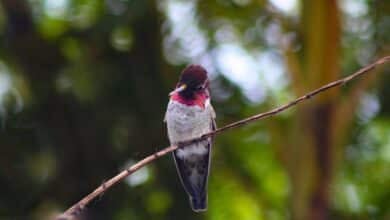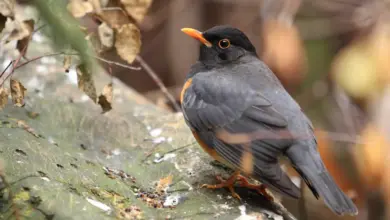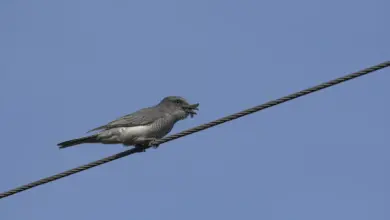Lineated Woodpeckers
Member of the Picidae Family: Sapsuckers … Flickers
The Lineated Woodpeckers (Dryocopus lineatus) is a very large woodpecker which is a resident breeding bird from Mexico south to northern Argentina and on Trinidad.
Description
The Lineated Woodpeckers is about 34 centimetres (13 in) long and weighs 200 grams (7.1 oz). It resembles the closely-related Pileated Woodpecker (Dryocopus pileatus) of United States and Canada.
Adults are mainly black above, with a red crest and whitish lines from the base of the bill, down the neck and shoulders (though individuals from the south-eastern part of its range commonly lack the line on the shoulders). The underparts are whitish, heavily barred with black. They show white on the wings in flight. Adult males have a red line from the bill to the throat (malar) and a red forehead. In adult females, these plumage features are black. The bill is typically black in both sexes, though pale-billed individuals regularly are seen.
The call of this widespread but wary bird is a loud, ringing wic-wic-wic. Both sexes drum.
In most of its range, it is most likely confused with the Crimson-crested Woodpecker (Campephilus melanoleucos), which has a similar plumage and size. In the female of that species, the light face line is far broader, and the white shoulder lines meet on the back lower back (forming a “V”). The male Crimson-crested Woodpecker is quite different with its almost entirely red head.
Ecology
The habitat of this species is forest borders and other open woodland. It is not a mountain bird, though it has occasionally been recorded in the uplands (e.g. in the Serranía de las Quinchas of Colombia) Three white eggs are laid in a nest hole is in a dead tree and incubated by both sexes. The young are fed by regurgitation.
Lineated Woodpeckers chip out holes, often quite large, while searching out insects in trees. They mainly eat insects, especially ants and beetle larvae, with some seeds, such as from Heliconia, and fruits, berries and nuts.
Copyright: Wikipedia. This article is licensed under the GNU Free Documentation License. It uses material from Wikipedia.org … Additional information and photos added by Avianweb.
Please Note: The articles or images on this page are the sole property of the authors or photographers. Please contact them directly with respect to any copyright or licensing questions. Thank you.




